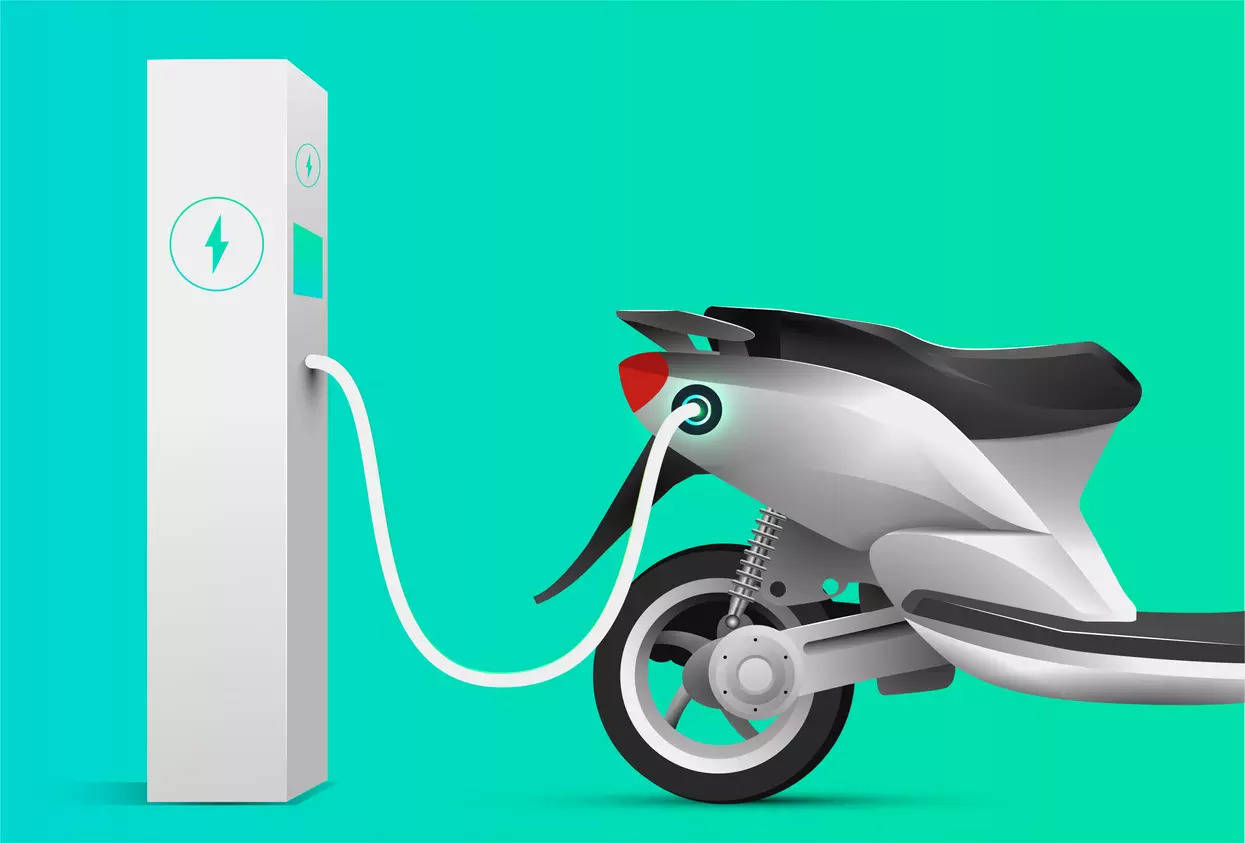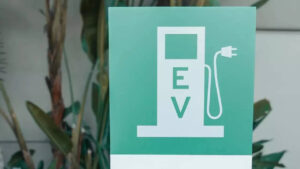
New Delhi: Will they or won’t they? The Union Budget is scheduled for Tuesday but the electric two wheeler (e2w) OEMs continue to face uncertainties over whether the purchase subsidy regime will be continued by the government after July 31st. As of now, the sector is covered by the Electric Mobility Promotion Scheme (EMPS) 2024, under which the OEMs are eligible for INR 10,000 as subsidy on the sale of each e2w, subject to conditions, but this scheme is valid only till the end of the month. A third edition of the Faster Adoption and Manufacturing of Electric Vehicles (FAME) II subsidy scheme is widely expected, but whether it will at all cover e2w sales is uncertain. One industry leader said that the e2w sector may not find a place in the new subsidy scheme at all, whereas a second one said that perhaps the subsidy amount of INR 10,000 may be lowered even further, becoming a mere token amount, but subsidies may not stop entirely. Either way, the e2w industry is not a priority for the government for any significant incentivisation now.
These industry leaders said that the government’s logic is simple: a handful of e2w market leaders like Ola, Ather and TVS Motor Co, will begin availing incentives under the production linked incentive scheme (PLI) – which is a supply side incentive – in the next few months. Since these players account for an overwhelming 75-80% of e2w sales, there is no compelling reason to also offer high purchase subsidies. So if there is a FAME III, the focus of the government will likely shift away from promoting e2w sales towards the three wheeler and commercial vehicle segments. “In discussions about FAME III, e2ws have not been on the agenda. I believe electric three wheelers will get a subsidy and so will electric four wheelers as well as electric trucks,” said one of these people.
When the purchase subsidy scheme was started in 2019, e2w were eligible for up to 40% price subsidy, but this has been gradually reduced. A rough calculation shows that PLI incentives which will accrue to the top players in the e2w industry would be anywhere between 13-18% of vehicle price. Taking even the lower end of this subsidy at 13%, even a 10% purchase subsidy means the government will still be incentivising e2w by at least 20%.
Industry consolidation:
The e2w industry has seen rapid consolidation last fiscal, as erstwhile market leaders barely operated their manufacturing plants due to severe working capital issues even as the top five OEMs continued to tighten their grip on the market. In the month of June, Ola had 46% of the market; Ather, TVS and Bajaj Auto also increased their share of the market during the June quarter this fiscal.
The market share realignment followed allegations of subsidy misappropriation earlier, which led to the government stopping subsidies for some erstwhile market leaders. As claims and allegations flew thick and fast, early movers suffered while legacy companies such as Bajaj and TVS along with Ola, Ather and some others started selling in larger numbers. This shakeup led to a reversal in fortunes and may ultimately now become one of the reasons for the government to lower subsidies further or even cancel them altogether.
Many of the OEMs which fell foul of the FAME II subsidy regime have anyway not been allowed back in when EMPS was announced (it has been in operation since April one this year and will continue till July 31 and have consequently suffered working capital woes as sales fell to a fraction of the previous numbers.
Another factor has exacerbated the deep industry divide: current market leaders are engaged in a bruising price war, as most OEMs have launched vehicles priced well below the psychological price point of INR one lakh. While they may be making cash losses at this price point, this strategy has further dented sales of OEMs which have loosened their grip on the market and are already struggling with working capital issues. An industry leader said that the price wars are expected to lessen in a few months and many players have shrunk operations to remain in business and wait for the pricing battles to subside.
EMPS claims way below mark:
The EMPS portal of the ministry of heavy industries shows that claims for availing subsidies have been submitted for less than 15,000 vehicles so far. The total number of e2w which can be supported under the scheme is over 3.33 lakh. So what explains such low number of e2ws getting registered under the scheme? One reason is that some eligible e2w OEMs did succeed in getting necessary approvals to claim subsidies -these OEMs had earlier been in the cross hairs of the government over alleged subsidy misappropriation under the FAME II regime. Industry sources point out that Hero Electric, Okinawa Autotech, Greaves Electric Mobility were among those which had been unable to get registered for subsidies. These OEMs are among the seven companies against which the ministry of heavy industries had initiated recovery of varying amounts of subsidies in 2022, alleging misappropriation.
Another reason for low subsidy claims is the delay in activation of the portal on which the OEMs need to get registered. An industry leader said “data has been piling up with OEMs and this needs to be filed with the ministry of heavy industries… this has led to delay in filing for subsidies in EMPS. Now the portal is up and running and claims will be filed. In any case there is a 120-day cycle to sale — which means the OEM has a 120 day window between vehicle sale to the end customer and filing for subsidy claim. So claims will be filed even after the expiry of EMPS on July 31”.






